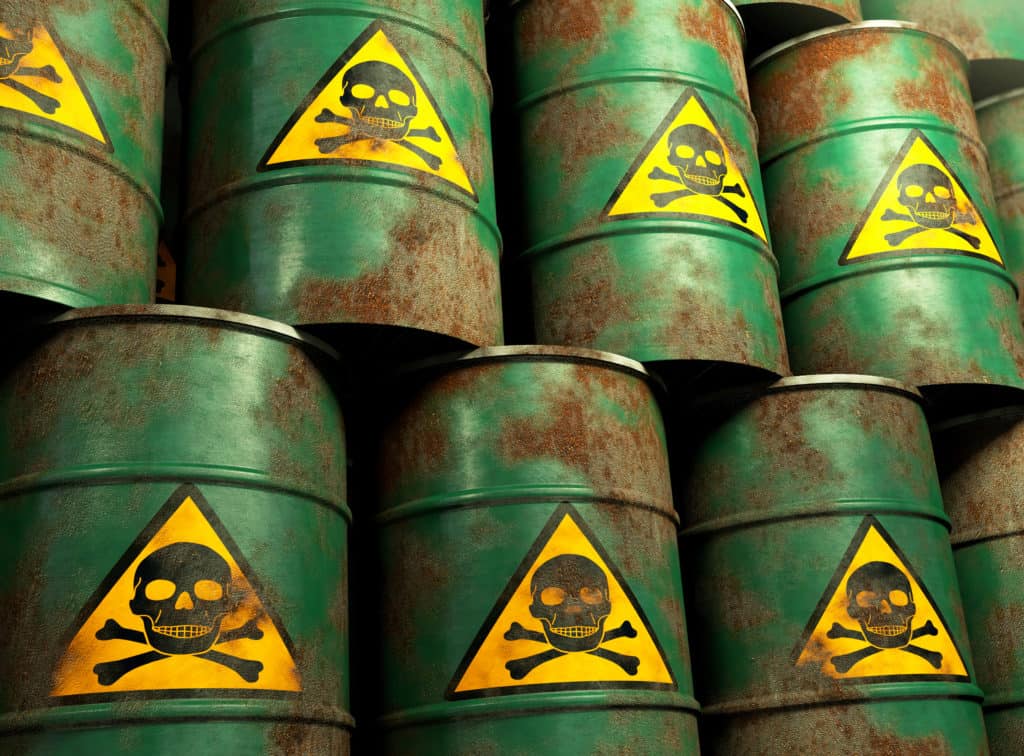Is Pest Control Safe?
Is Pest Control Safe?
A Valid Concern
A concern for pest control also comes hand in hand with a concern for the safety and health of you and your family. Rodents can contaminate surfaces in your home, mosquitos can transmit extremely dangerous diseases, and wasps/bees always pose the risk of delivering painful stings and bites. But, in the process of protecting against these pests, the last thing you want is to introduce a slew of chemicals that could be equally, if not more, harmful to your family. This concern is even more valid considering that pest control is rooted in the use of harsh and potentially dangerous treatments. 
A History of Toxic Pest Control
Toxic chemicals such as arsenic were being used in pest control techniques dating back even into the 1600’s. By the mid 1800’s pesticides began to be formulated, marketed and sold. While many pesticides at this time were sold directly to the consumer, it was slowly becoming apparent that there was a need for an industry centered around professional pest control. When companies began to spring up in the 1900’s the primary ingredients they used in their treatments, while effective on the rodents and insects they targeted, were often equally detrimental to both humans and the environment. Hazardous materials such as petroleum and coal tar distillates were common ingredients and side effects of using such treatments (as well as similarly formulated treatments) could lead to negative side effects such as breast cancer, male infertility, miscarriages, liver damage, developmental disabilities in children and extensive nervous system damage. Thankfully, in 1962 Rachel Carson, an avid advocate for environmental preservation and safety, published her book “Silent Spring,” helping to encourage a green movement within the industry. The book revealed the truth about harmful pesticides and the various adverse effects they can have on humans, wildlife and the ecosystem as a whole. The conversations the book sparked eventually helped lead to an overhaul in public policies regarding pesticide use and pest control methods. 
Placing a Precedence on Prevention
Today, pest control is VASTLY safer than it ever was in the past. For example, the use of Integrated Pest Management has become far more widely spread. Integrated Pest Management (IPM) is a strategy utilized by pest control companies focusing on eco-friendly control methods with a precedence on prevention. Many companies that incorporate IPM will offer services such as exclusions, where small cracks and holes are filled to seal your home against pests, and consultations where you receive one on one guidance on how you can help reduce pests for your unique situation. 
Keeping You Safe
It’s important to note that not every company using IPM is, in fact, employing environmentally friendly solutions, as we do at Pointe Pest Control, and instead use synthetic pesticides under the guise of IPM. When implemented correctly, IPM drastically reduces and can even completely eliminate the use of pesticides, resulting in less exposure to harmful pest control products for both you and the environment, as well as minimizing the amount of products that need to be used overall by 90%. At Pointe Pest Control, we use IPM to emphasize the importance of examining your unique situation in order to focus our efforts in an organized and efficient manner, thereby reducing the use of extraneous products and getting to the source of your pest issue. Furthermore, we take pride in our use of EcoSMART technologies and EPA-approved products that are safe for both humans and the environment, yet effectively handle all types of pest infestations. Safe, effective and environmentally friendly – these are the cornerstones of our services at Point Pest Control. We believe in utilizing both the safest products and techniques to secure your home from pests. Your home is your biggest investment and we provide proven solutions with guaranteed results so that you can live a healthy and clean, pest-free life. 
Citations
DDT – A Brief History and Status (no date) The United States Environmental Protection Agency. Available at: https://www.epa.gov/ingredients-used-pesticide-products/ddt-brief-history-and-status (Accessed: August 2020). Frazier, M. (1997) A Short History of Pest Management, Penn State Extension. Available at: https://extension.psu.edu/a-short-history-of-pest-management (Accessed: February 2, 2021). Goddard, J. (2012) [History Lesson] Humble Beginnings, PCT – Pest Control Technology. GIE Media. Available at: https://www.pctonline.com/article/pct1212-origins-pest-control/ (Accessed: February 2, 2021). Romano, R. (no date) The Sting, The Museum of Printing. Available at: https://museumofprinting.org/print-connections-by-richard-romano/the-sting/ (Accessed: February 2, 2021). Smith, A. and Secoy, D. (1975) Forerunners of Pesticides in Classical Greece and Rome, Hort.Perdue. Perdue University. Available at: https://www.hort.purdue.edu/newcrop/Hort_306/reading/Reading%2018-1.pdf (Accessed: February 1, 2021). What Is Integrated Pest Management (IPM)? (no date) Statewide IPM Program. University of California Agriculture and Natural Resources . Available at: https://www2.ipm.ucanr.edu/What-is-IPM/ (Accessed: March 12, 2021).
Request a Free Quote Today
(We do not share your data with anybody, and only use it for its intended purpose)


